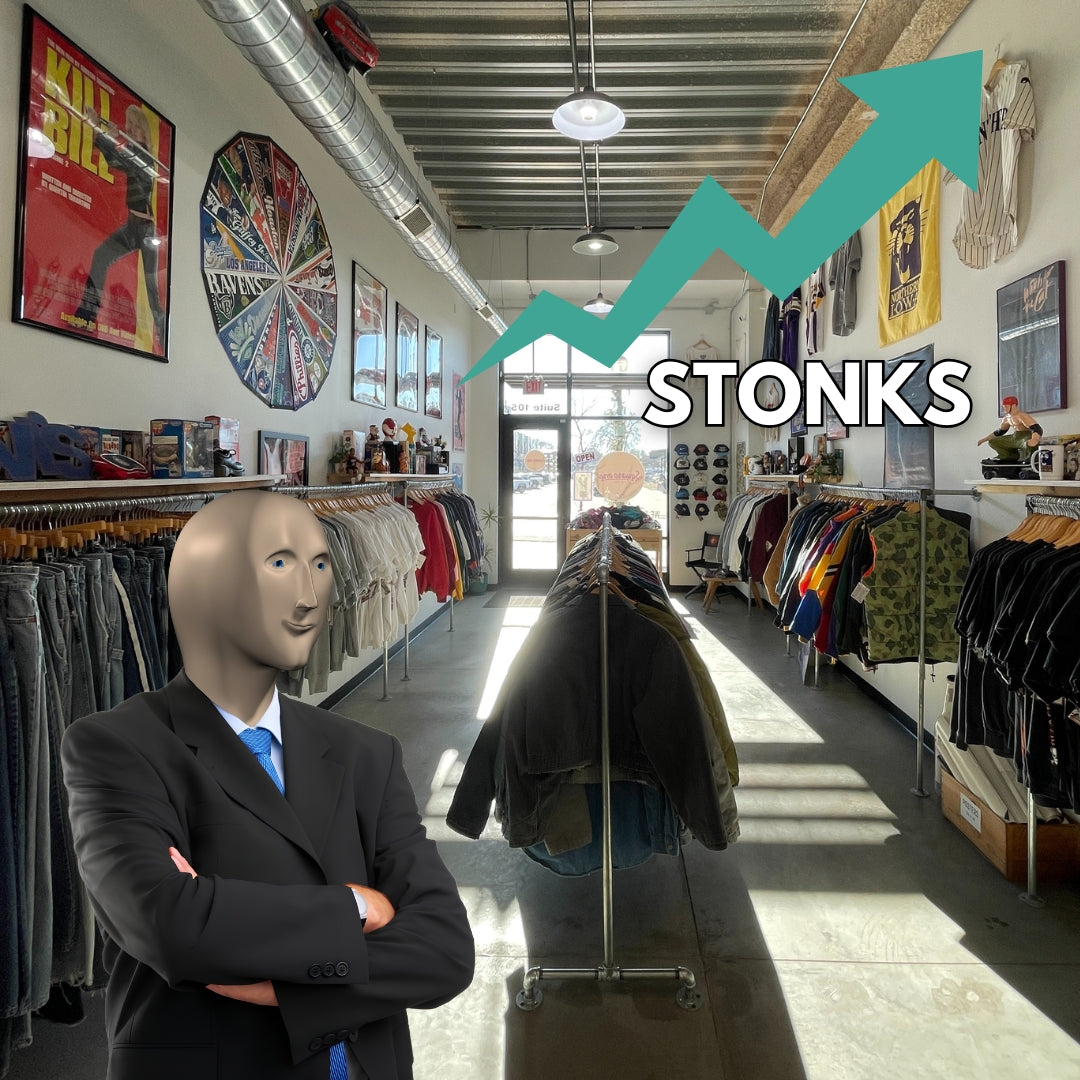The Economics of Vintage: Why Prices Vary

Since Damien and I started the hunt roughly 10 years ago, vintage clothing has taken a huge leap. It has become popular in the clothing industry as it offers sustainability, individuality, quality, and history. However, one aspect that often surprises newcomers to the world of vintage is the wide variation of pricing. Here’s a breakdown of why vintage clothing prices can fluctuate so significantly:
Quality and Brand:
High-quality materials and craftsmanship are what make vintage clothing so good. Brands that were very popular back in the day or still are very popular command higher prices. For example, brands like Levi’s and Polo Ralph Lauren known for their quality and style often see their values appreciated over time.
Scarcity and Rarity:
The simple economics of supply and demand apply to the vintage market as well. This applies more so the farther back in time you go. With 1990s clothing being more attainable than stuff from the 1960s.
Historical and Cultural Significance:
Pieces associated with significant cultural or sporting events can bring higher prices. For example, a sweatshirt made for a college bowl game won by the local team. If an item can be traced back to a notable figure or event, it can increase its value.
Market Trends:
Items that align with current fashion trends can see a spike in pricing. For instance, items made in the early 2000s are coming up on a 20-year mark, those styles tend to become trendy around that time.
Geographical:
The location of where the item is sold has a major impact on pricing. For example, a college/pro team closer to the point of sale may result in a higher price. An Iowa Hawkeyes or Minnesota Vikings sweatshirt would be worth more in the state than in California or Florida.
- Evan
